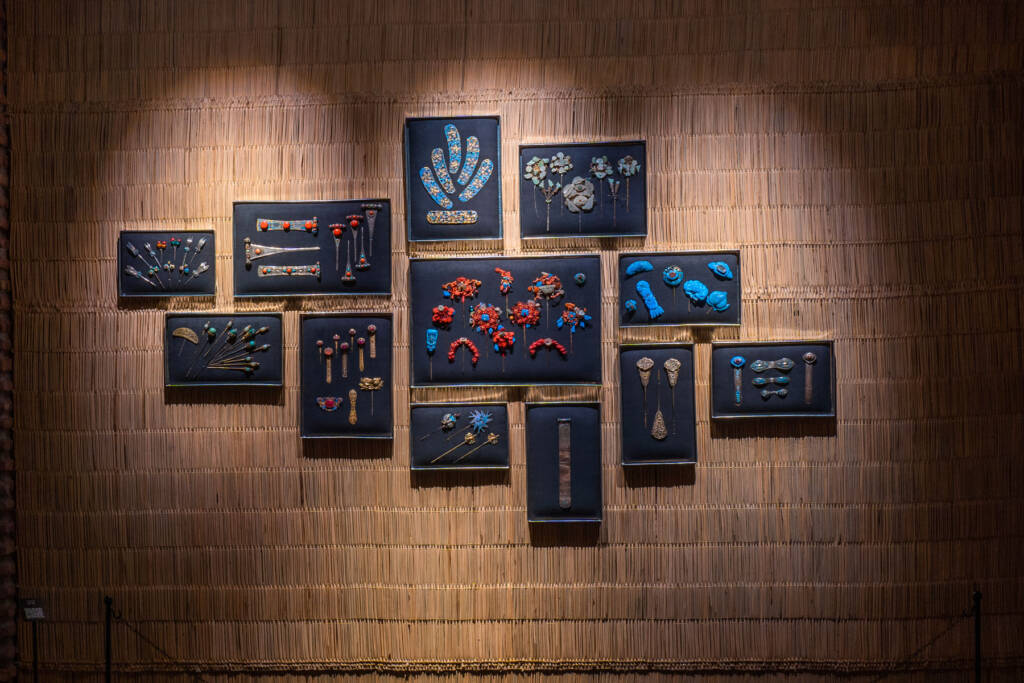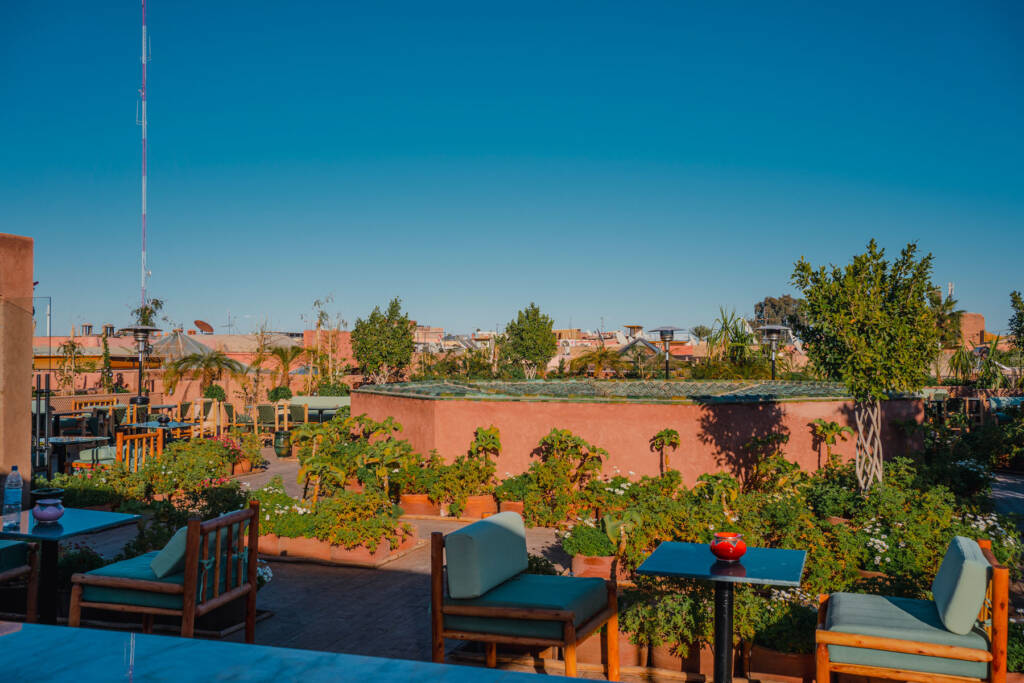Jewelry is the art of storytelling par excellence. Every piece of jewelry has a story to tell about the person who wears it, the person who wore it in the past, the person who made it, the person who gave it or received it... The story of a special moment, an important occasion, a unique memory. The life stories they can reveal are infinite, and so is their potential for fascination. Since the dawn of time, jewelry and ornaments have played a key role in shaping our societies, whether because of their history, their significance or their exceptional nature.
A new cultural venue in Marrakech
In the heart of Marrakech lies a captivating private collection of exceptional pieces in a spectacular setting designed by renowned architects Michèle Charrière and Joseph Achkar. This is MAP Marrakech, a museum in Morocco dedicated entirely to jewelry, the fruit of 40 years of passionate research by Swiss collectors Marlène and Paolo GALLONE. MAP Marrakech's fundamental mission is to preserve and share with the public jewelry and ornaments that explore questions of identity and cultural exchange, in order to foster understanding of the history, society, art and spirit of the different nations represented in its permanent exhibition.
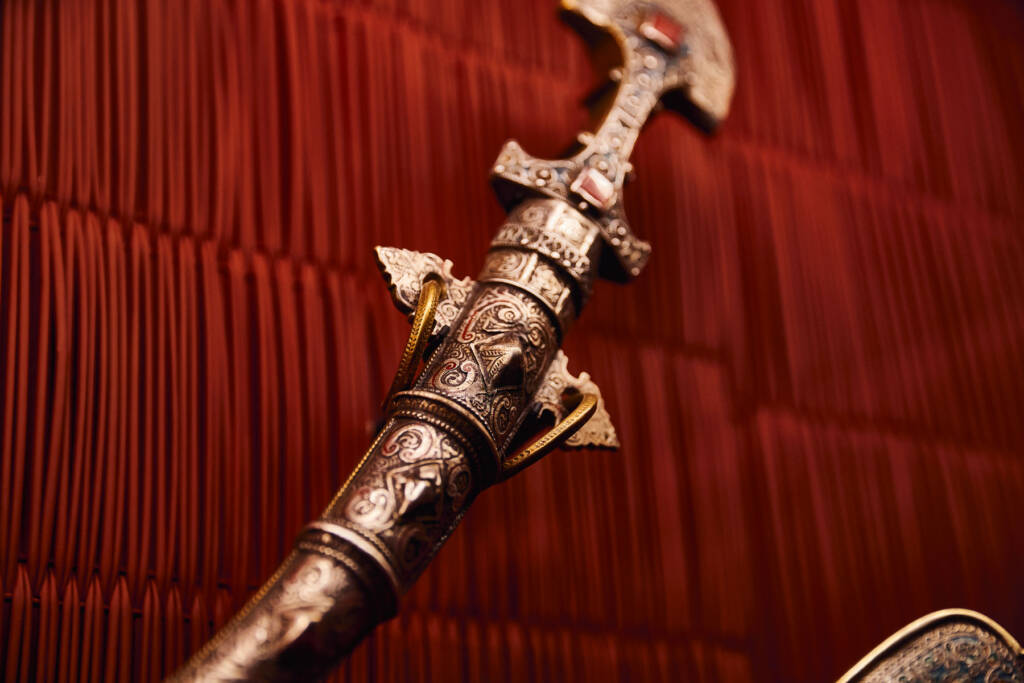
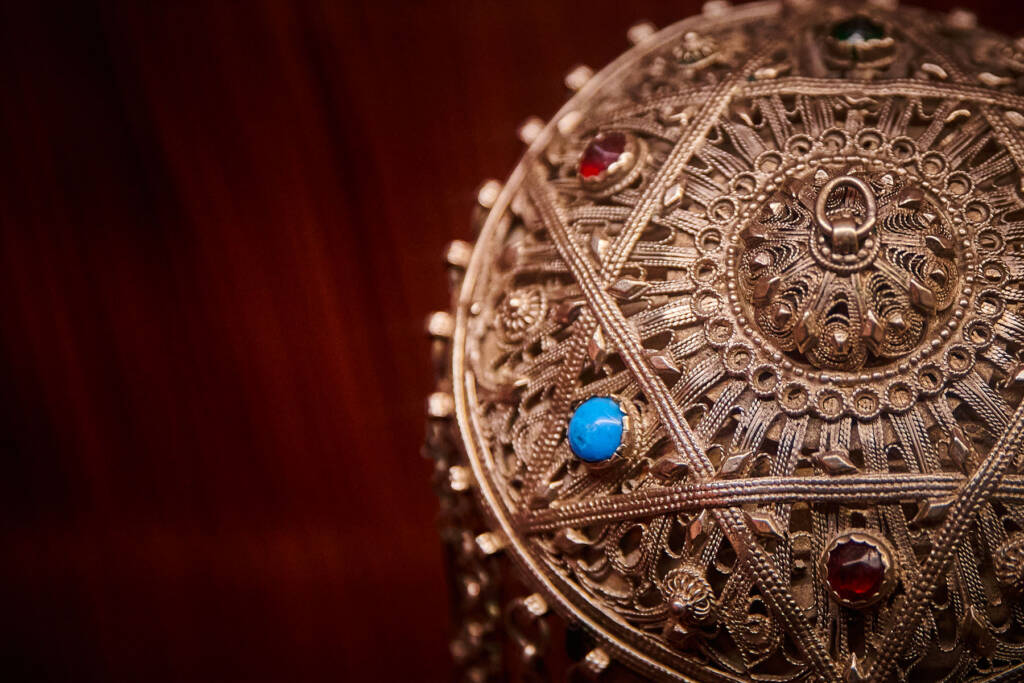
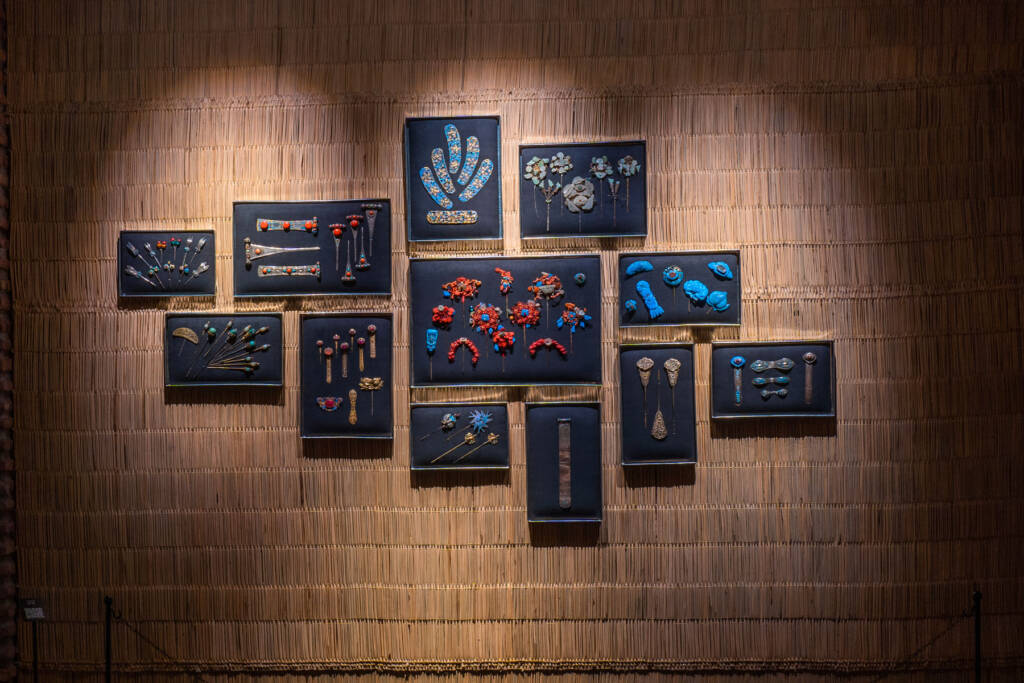
The MAP collection, a unique ethnographic journey
The history of jewelry goes back 40,000 years to prehistoric times, during which it served, like textiles, as a means of expression, social status and identity through its symbolic elements, protection as a talisman, or for decorative purposes. What's more, the artistic strength of the craftsmen enables jewelry to serve as a form of record for eras and regions of the world right up to the present day. With a collection of over 3,000 pieces from all over the world, MAP Marrakech's exhibition space is spread over numerous galleries covering three floors. A dazzling range of headdresses and ear ornaments, brooches and belts, necklaces and rings are on display, as well as sculptures, textiles and ornaments that enrich and amplify the many paths of transformation traced by the jewelry.
The MAP collection, a unique ethnographic journey
The history of jewelry goes back 40,000 years to prehistoric times, during which it served, like textiles, as a means of expression, social status and identity through its symbolic elements, protection as a talisman, or for decorative purposes. What's more, the artistic strength of the craftsmen enables jewelry to serve as a form of record for eras and regions of the world right up to the present day. With a collection of over 3,000 pieces from all over the world, MAP Marrakech's exhibition space is spread over numerous galleries covering three floors. A dazzling range of headdresses and ear ornaments, brooches and belts, necklaces and rings are on display, as well as sculptures, textiles and ornaments that enrich and amplify the many paths of transformation traced by the jewelry.
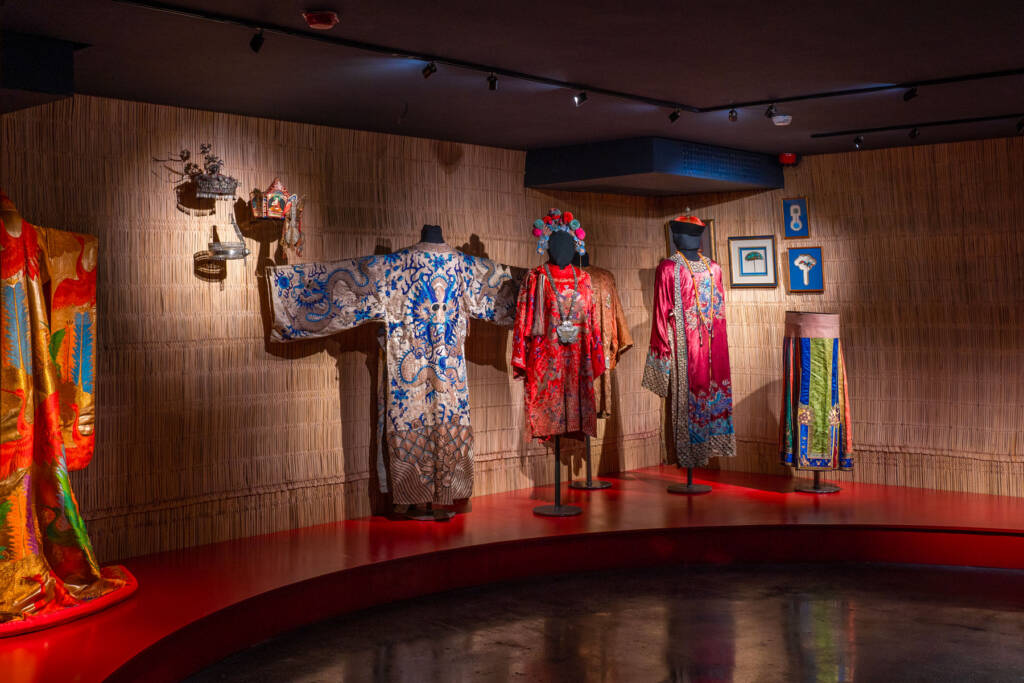
A dive into the universal history of ornament
The exhibition questions the crucial relationship between jewelry and the body it adorns, presenting a range of ways in which humans over the centuries have embellished their heads and hair; their noses, lips and ears; their necks, chests and waists; their arms and hands; and their ankles and feet. It unfolds thematically through a series of vignettes, remarkable extracts from a global history of adornment. These groupings of objects highlight the different kinds of metamorphosis that jewelry allows. Cultures and eras collide, stimulating comparative reflection on these works of art, as we look beyond their dazzling forms to discover meanings often overlooked.
The value of jewelry at the heart of the MAP exhibition
The exhibition questions the crucial relationship between jewelry and the body it adorns, presenting a range of ways in which humans over the centuries have embellished their heads and hair; their noses, lips and ears; their necks, chests and waists; their arms and hands; and their ankles and feet. It unfolds thematically through a series of vignettes, remarkable extracts from a global history of adornment. These groupings of objects highlight the different kinds of metamorphosis that jewelry allows. Cultures and eras collide, stimulating comparative reflection on these works of art, as we look beyond their dazzling forms to discover meanings often overlooked.
The value of jewelry at the heart of the MAP exhibition
Since the dawn of time and across cultures, jewelry has served to extend and amplify the human body, accentuating, sublimating, deforming and transforming it. Crossing time and space, this exhibition explores what jewelry is, why we wear it, and how it operates on the body it adorns, probing a fundamental aspect of what it is to be human. All the pieces presented are precious objects made especially for the body, a jewel box like no other. Given that jewelry and value are so inextricably linked, the question of preciousness permeates the exhibition. Although some pieces have been designed from organic materials, visitors must recognize that what is considered precious changes from culture to culture.
Finally, the importance of a cultural space such as MAP Marrakech showcasing traditional jewelry from ethnic cultures around the world cannot be ignored with the disappearance of traditional craftsmen and the subsequent loss of symbolic meaning with the advent of globalization and modernization in our day and age. MAP Marrakech is open from Tuesday to Sunday, 10am to 6pm. See the "Plan your visit" section of the MAP website for more information.
